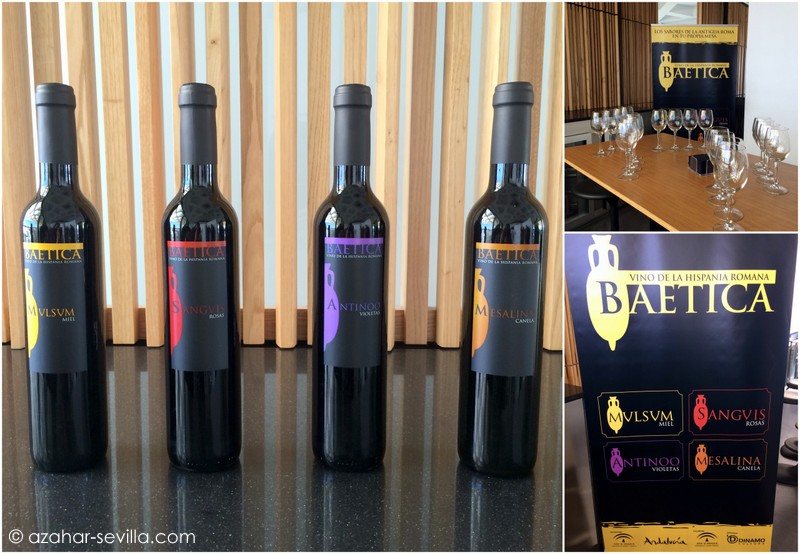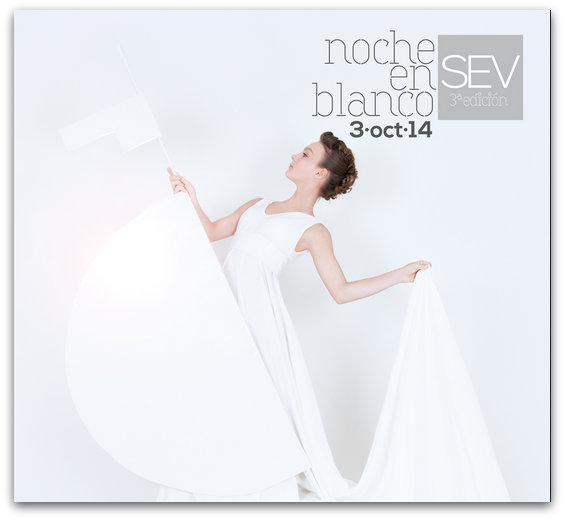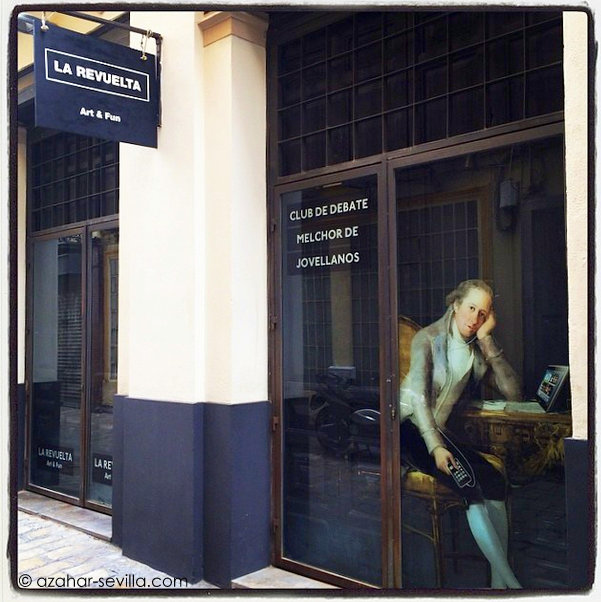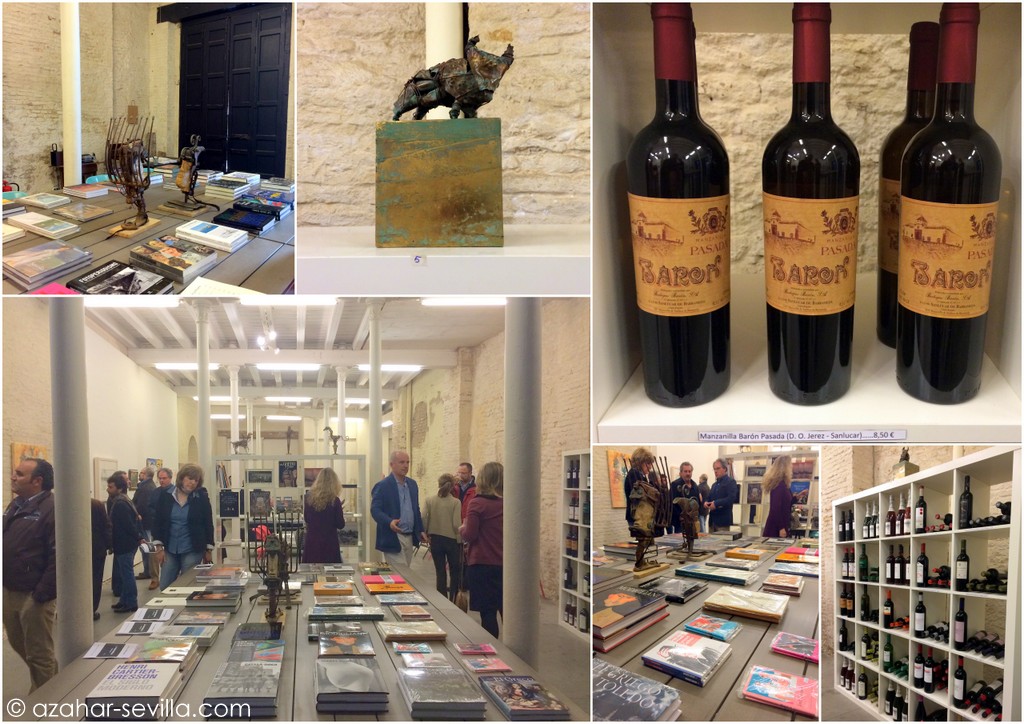This is a reblog/guest post by my friend Peter @SVQconcierge about our recent visit to the Antiquarium for a very special wine tasting (words are his, pics are mine). Many thanks to Cotidian Vitae for the invitation!
As all you erudite folks probably already know, Seville was in antiquity a Roman city, probably the most important in Western Europe outside of Italy itself. It’s official name from the time of Julius Caesar was “Julia Romana”, but as often happens it was the city’s older name, Hispalis, which remained in popular use, and is preserved in altered form in the modern name. It was an important trading, manufacturing and administrative centre with extensive commercial links with Rome, exporting wine, oil and fish products back to the Imperial capital.

But what was daily life like in Hispalis during the six centuries of Roman domination? Recently my friend Shawn @azaharSevilla and I were lucky enough to be invited to a rather special wine tasting event at Gastrosol, atop the Metropol Parasol. It was put on by the people responsible for Cotidiana Vitae (Daily Life) at Italica, the well-preserved Roman residential city at Santiponce, just outside Seville. Roman wines were provided by Baetica, who have done excellent work in recreating the styles of wines that would have been drunk in those far off times, drawing on the knowledge of winemakers, historians and archaeologists to make them as authentic as possible.
First though, it was down into the basement for a tour of the Roman ruins discovered when work to redevelop the site of the old market in Plaza Encarnación began back in the nineties. The ruins are now a well restored and preserved archaeology museum with some fascinating things to see. These include a fish salting plant that must have been a smelly neighbour for the residents, a house with an unusual (to me at least) raised platform for dining set into a semi-circular alcove, restored mosaics, and some crude gaming tables, as well as glimpses of the stratification (new bits built over old bits) of the site as it developed.

Then it was time to go upstairs for the wine tasting. Our hosts, Manuel León Béjar and Alejandro Vera had chosen four wines for us to sample, Mulsum (fermented with honey), Sanguis (steeped with rose petals), Antinoo (steeped with violets), and Mesalina (flavoured with cinnamon, and named for the wife of the Emperor Claudius), which became very popular in the later Roman Empire. It’s not really known how close these are to the Roman originals, especially as many of the old grape varieties have sadly disappeared, but extensive research into the wine making techniques of the time and descriptions of the grapes that were used gives us considerable confidence, and the use of the various flavourings is well attested to by writers and commentators of the time.

Now, I have to admit that I’m not really a wine expert, so for proper tasting notes and pairings I’m going to send you over to these good people (the notes are in Spanish), but I will say that it was a fascinating experience, and that the wines were quite distinctive compared to modern ones. My favourites were the Mulsum, which did have a definite tang of honey without being overly sweet, and the Mesalina, which was the most intensely flavoured, and was apparently mainly used at the end of, or even after, the meal. Maybe next time we’ll get a complete Roman banquet, though I’m still not convinced about the advantages of eating lying down.
For more information about activities at Italica, including tasting events, you can visit the Cotidiana Vitae website.
Originally posted on the Seville Concierge blog.








